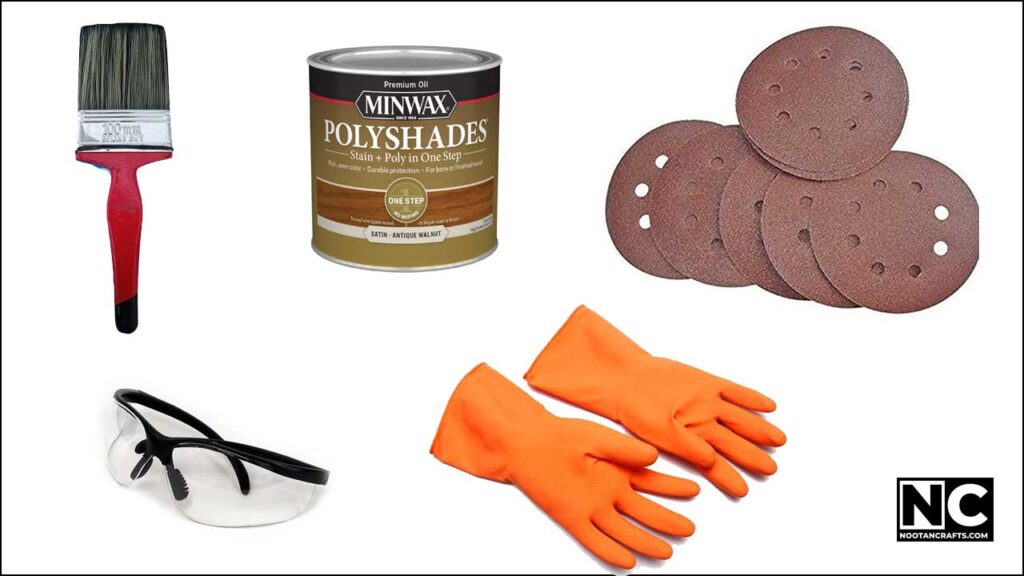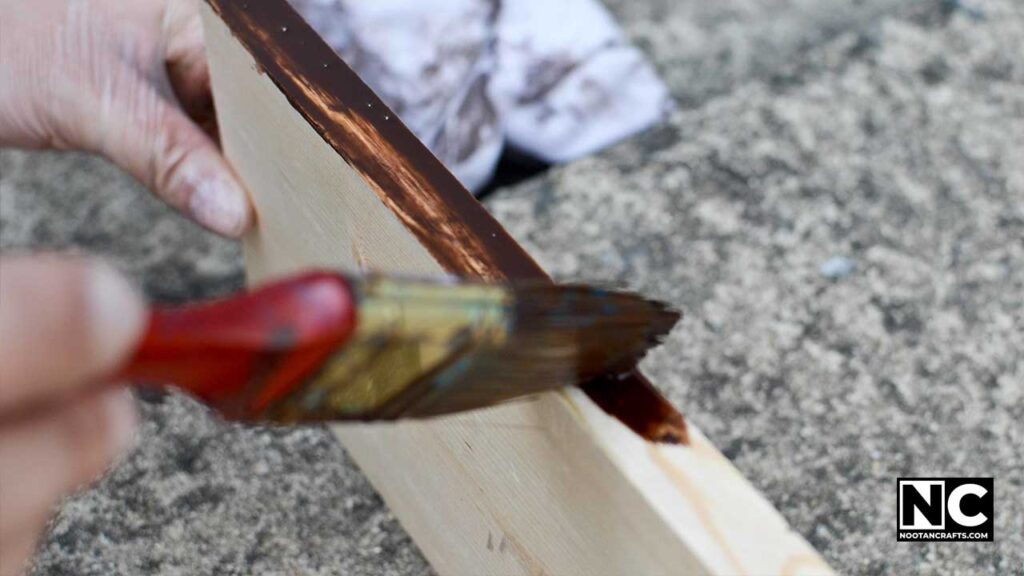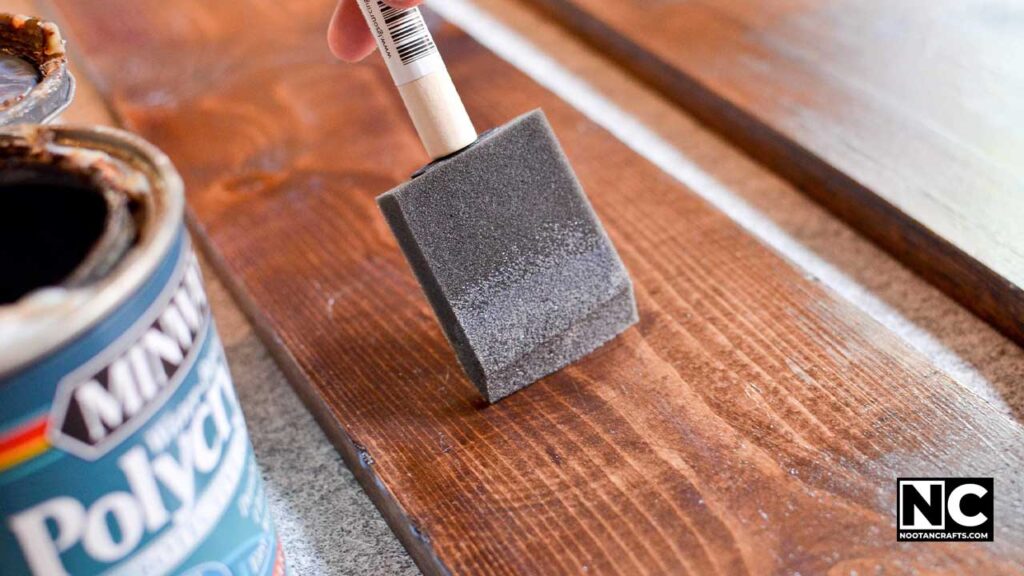This article will help you whether you have already stained or are preparing to stain your wooden project. We will discuss how to smooth wood after staining and get a professional finish.
If you want an ultra-smooth finish on your project, it requires effort because it’s a multi-step process that should be followed before and after staining. Now, let’s discuss everything step-by-step for better understanding.
How to Make Wood Smooth After Staining – Guide
Step 1: Gather Your Materials

Before diving into the staining process, ensure you have all your materials ready. You’ll need:
- The wood stain of your choice
- Sandpaper (various grits)
- Clean, lint-free rags or brushes
- Wood conditioner (especially for softwoods)
- Safety goggles and gloves
Step 2: Prepare Your Wood (Most Crucial)

To achieve an ultra-smooth finish, you must prepare the wood properly.
Sand the wood surface
Start sanding with coarse sandpaper (around 80 grit) and gradually work your way up to finer grits (220 grit) to ensure a silky-smooth texture.
You can also go above and beyond to achieve an even better finish, but 220 grit is pretty enough in most cases. Remember to sand in the direction of the wood grain to avoid scratches.
Cleaning
After sanding, wipe the wood with a clean, damp cloth to remove all dust and debris.
Use wood conditioner
For softwoods like pine, apply a wood conditioner before staining, which prevents blotchiness. Follow the manufacturer’s instructions from the package.
Also read: How to naturally treat outdoor wood to protect it from damage
Step 3: Apply the Stain

I love this part – staining wood! Follow these tips for a smoother finish:
Stir your stain thoroughly to ensure an even consistency.
Apply the stain
Use a brush or rag to apply the stain, keeping in mind the direction of the wood grain. Work in small sections to prevent uneven coverage.
Wipe off excess stains
After a few minutes, wipe off any extra stains with a clean cloth to achieve an even finish.
Multiple coats
If you desire a darker color, wait for the first coat to dry (usually 24 hours) and apply additional coats until you achieve the desired color.
Step 4: Finish and Protect (How to Smooth Wood After Staining)

To protect your beautifully stained wood and make it even smoother, follow these steps:
Apply a clear topcoat
Once the stain is completely dry, apply a clear polyurethane or varnish. It will protect the wood and enhance its smoothness. You must use a brush or spray for an even application.
Sand between coats
You can apply an additional coat of clear polyurethane or varnish for an ultra-smooth finish. Remember, light sanding is required between topcoat layers with fine-grit sandpaper (220-grit or higher), and remember to wipe off the dust.
General FAQs Regarding Wood Staining
Sanding is essential for a smooth finish. It helps remove imperfections, opens up the wood’s pores, and allows the stain to penetrate evenly.
Wait at least 24 hours before applying another coat of stain to ensure proper drying and adhesion.
Absolutely! Just ensure you use a stain designed for outdoor use, as it protects against the elements.
Yes, safety first! Wear safety goggles and gloves to protect your eyes and skin from potential splatters and chemicals.
Yes, you can lightly sand wood after staining to smooth out the surface but be cautious not to remove too much of the stain. For the best results, use fine-grit sandpaper (220-grit or higher).
To make wood shiny after staining, apply a clear finish such as polyurethane, varnish, or lacquer. These finishes provide a protective layer along with a shiny finish.
Sanding after staining is typically done to smooth out the wood surface and remove any imperfections or raised grain that may have occurred during the staining process. It ensures a uniform and smooth finish when a top coat is applied.
Wood can become rough after staining because the liquid in the stain can raise the wood grain, causing it to swell slightly and feel rough to the touch. This is why light sanding after staining is recommended.
How to Smooth Wood After Staining – Conclusion
Staining and achieving an ultra-smooth finish is a time-consuming task that requires patience. Sanding is the most tedious task because you must run from coarse to fine grit, and it’s unavoidable if you don’t compromise on the finish.
It’s not that hard. If you follow these steps carefully, you can achieve a professional finish. Thanks for reading. If you have any questions, comment below; until next time, keep crafting!

